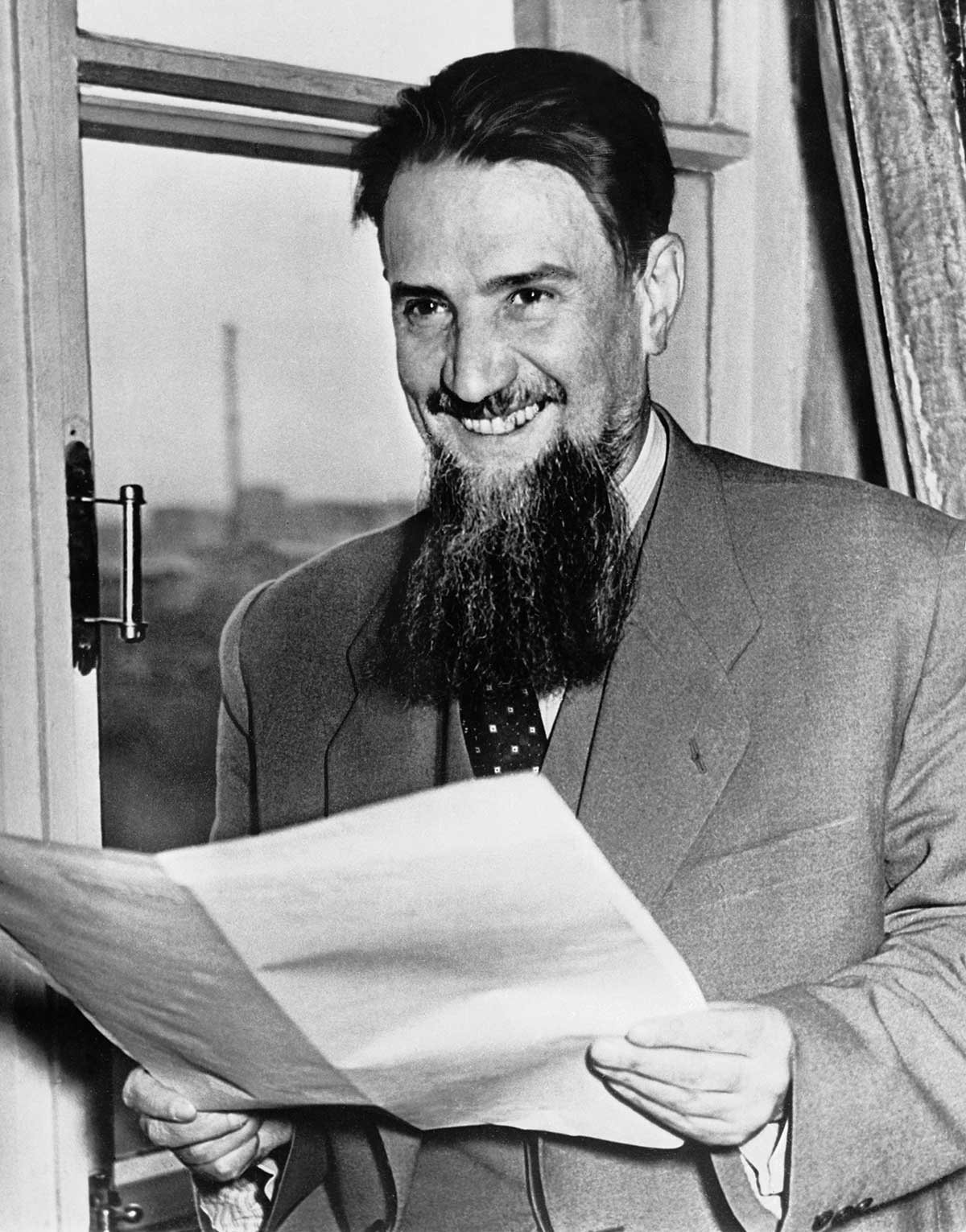The Soviet Program Takes Root
Simultaneously, espionage was taking place that would serve to accelerate the nuclear arms race between the U.S. and the USSR. In September 1945, physicist Klaus Fuchs, a member of the British Mission at Los Alamos, reported to Harry Gold, an American industrial chemist and a courier for Soviet intelligence, on the rate of U.S. production of U235 and plutonium and on advanced concepts for improved bomb designs. The following month, Lavrenti Beria, the commissar for state security who had recently been appointed to direct the Soviet atomic-bomb program, was sent a detailed plan of the plutonium implosion bomb for Soviet scientists to duplicate.

That same month, Ya. I. Frenkel addressed a memo to Igor V. Kurchatov that was the first significant piece of documented communication in the Soviet Union as to the feasibility of using a fission atomic bomb to release energy from lighter nuclei. Frenkel pointed out that using atomic-bomb temperatures to produce a synthetic reaction, as in producing helium from hydrogen, could accelerate the energy released in the explosion of the principal substance, which turned out to be uranium.

Unbeknownst to Frenkel, Kurchatov had already been privy to information about similar work progressing in the U.S; such information had been entering the Soviet Union via intelligence channels beginning that year. In fact, the Soviet Union even learned of the possible physical plans of the classical "Super." Thanks to intelligence channels, the Soviets knew of the unique properties of tritium more than three years before they were openly published. They also learned that the superbomb was considered a two-stage boosted atomic bomb rather than a thermonuclear or fusion bomb, but they did not learn how the bomb was to be constructed.
The open press was another source of nuclear-bomb information for the Soviets. A London Times article published on October 19, 1945, was the first open-press announcement that constructing a superbomb was feasible. The newspaper, reporting on a speech given in Birmingham the previous day by Prof. Marcus Oliphant, revealed that it was possible to produce a bomb 100 times more powerful than the atomic bombs used on Hiroshima and Nagasaki- A-bomb with a TNT equivalent of 2 megatons.